Underground Propane Tank Pros And Cons
Here we share our underground propane tank pros and cons including what it is, reasons for and against, cost, and answers to important details about installing underground propane tanks.
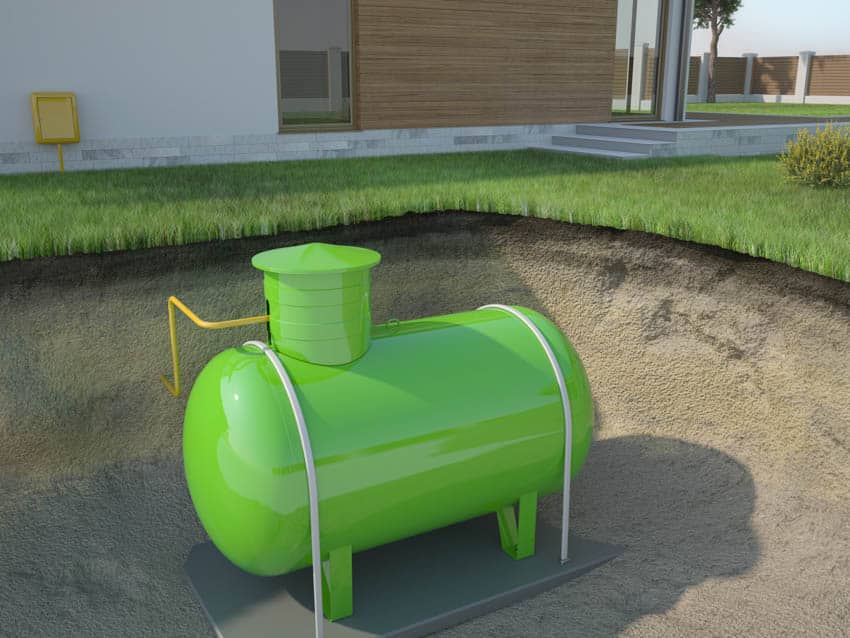
But more often than not, one thing that deters most homeowners from getting that convenient propane tank for the home is the fact that it’s huge and it can turn out to be a bit of an eyesore in the property once it’s been installed.
This is where an underground propane tank can come to the rescue. Your propane tank doesn’t have to be within your line of sight at all. But this decision to make the shift can come with a lot of considerations that might cause anxiety. Is there a lot of paperwork involved in burying a propane tank?
Can you buy a normal tank or are underground tanks special and do you need to request for them specifically? Is there anything to be worried about with its installation? Is there a risk of explosion?
Set those worries aside because we have all the pros and cons mapped out for you so that you can invest accordingly when you’re making your decision.
What Is an Underground Propane Tank?
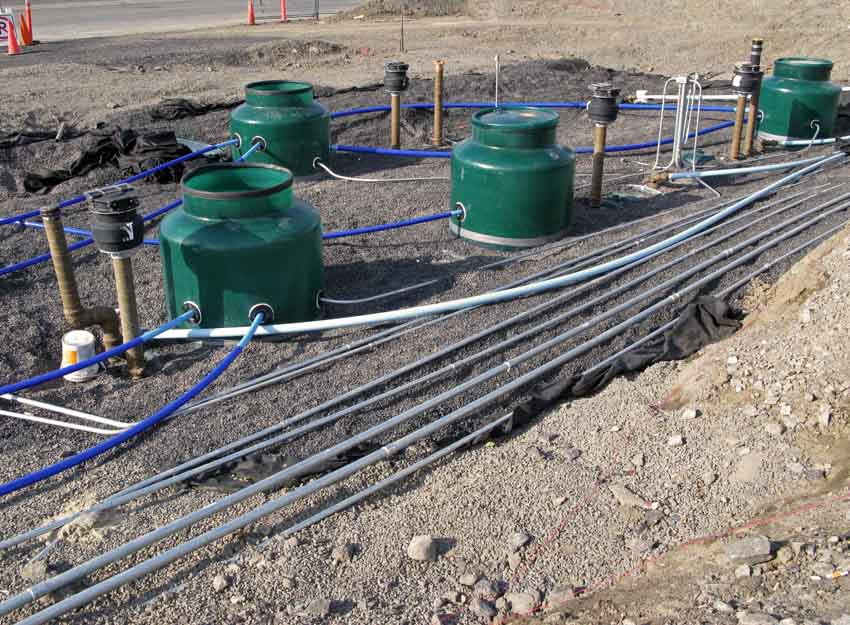
However, there are a lot of considerations that you need to make before you actually take the decision head-on and opt for underground propane tanks.
For starters, what are they? They’re pretty much just like the propane tanks you see above ground, but it’s just that they’re actually buried under the ground.
An underground propane tank is considered relatively safer than above ground propane tasks. This is because it’s easier to keep these tanks temperate especially when there’s extreme weather if they’re buried underground.
Propane is a type of green fuel and what this means is that in the instance of a leak, there’s an eco-friendly guarantee that it would not harm the soil or the local water surrounding it.
This is the main reason why unless a certain area is prone to flooding which can contaminate the tank, an underground propane tank would come as the most recommended setup.
Below-Surface Cylinder Tank Pros

Great function and aesthetics for your home: An underground is exactly what it is – underground. It means that it isn’t visible above ground.
It’s a great choice specifically for people who don’t want to have any types of eyesore outside of the home or the business establishment.
It can give you a little more flexibility with the things that you can do in your yard. It adds on to your curb appeal and makes sure that your property is kept looking sharp all the time.
It’s burglar-proof: When you think of possible items that can be taken away from your home, a propane tank is most definitely not that high up on the list. You would probably want to consider how to secure patio furniture first before thinking about securing a tank.
But when you come to think about it, a propane tank is technically a very valuable commodity. It is not unheard of for tanks to be stolen for resale in the black market, for the actual propane content, or even for the illegal meth industry.
It can be an easy target for thieves especially if it is above ground. An underground propane tank makes it impossible for someone to just sneak into your property and leave with it.
It’s easier to regulate its temperature: Underground propane tanks are well protected from the weather elements because of the soil that’s surrounding it.
This isn’t necessarily the case with above ground tanks. During the hot summer days, heat can actually build up inside the propane tanks, making the gas expand.
These tanks come with pressure relief valves that release propane when the pressure becomes too much so this means that you’ll technically be wasting propane on the hot days if the tank’s above ground.
Underground LP Tank Cons

They’re more expensive: There is a cost difference between above ground and underground tanks which mainly comes from the extra work of needing to excavate and install these tanks.
Then there’s also the extra cost of putting in some protective features to help make sure that the tank is kept safe and free from contamination and corrosion. The installation itself is simple from a professional standpoint.
The time frame is at around 3 to 4 hours. But yes, it does cost a good amount of money. The installation brings in an extra cost of around $300 to $2,000 on top of the actual propane tank.
It might end up floating – with disastrous repercussions: If you have an area that’s a little prone to flooding and your underground propane tank isn’t installed correctly, your tank might end up floating.
This can turn out to be a bit disastrous. You might end up with a cracked or damaged tank. You might have broken tank straps. You might end up damaging and twisting your supply lines.
You might even end up totally damaging your yard and your landscaping while you’re at it. The moment you get an issue with your tank, don’t hesitate to call up a professional right away.
It’s hard to access it: In the event that your tank needs fixing and you need to get to it, having it installed underground can have some challenges as you would need to dig it up before you can get it fixed.
On the other hand, though, this is exactly why you need to invest in a high-quality propane tank because it rarely malfunctions and for the most part, they can last for a lifetime.
How Much Does It Cost to Bury In-Ground Propane Vessel?

Propane Tank Installation Cost
It might also depend on the location you’re in as the installation costs may vary but on average, we’ve detailed them out for you down below:
250-gallon propane tank: $1,200 to install
500-gallon propane tank: $1,500 to $2,000 to install
1000-gallon propane tank: $3,100 to $4,500 to install
You need to consider that there are fees to cover for you to get a licensed installer, an excavation team to execute the actual installation, and the installation package that they go with.
The excavation team can charge anywhere from $95 and upwards on the first 30 minutes plus an extra $75 per man per hour. It could range from around $500 to $600 as an underground propane tank installation could run at 3-4 hours to complete the installation.
Is It Better to Bury Propane Tanks?

This is running on the premise that underground propane tanks are generally safer because in the event of a leakage, the propane can just get absorbed into the surrounding soil.
This also isn’t a problem in case the leak does happen because propane is essentially harmless to the environment as opposed to when they get leaked out above ground.
As an extra piece of knowledge, you’d be glad to know that propane tanks are pretty safe. Whether they’re above or below ground, they generally don’t implode, explode, or even rupture. They don’t come apart. It’s actually quite impressive how they don’t come apart at all.
You can rest easy with the fact that there really isn’t anything for you to worry about for as long as you made sure that the installation, inspection, and maintenance are all on point and nothing is occurring out of the ordinary.
How Far Does a Subterranean LPG Tank Need to Be from House?

This is a general rule of thumb that something that you need to keep in mind as well when you’re planning on embellishing your yard. You can’t have anything directly on top of your buried propane tank such as any patio furniture, heavy planters, different types of palm trees, and so on.
How Long Do Underground Concealed Propane Containers Last?

On top of that, they’re also quite environment-friendly. If you make sure that they have proper protection against rust and corrosion, they’re bound to have their maximum lifespan of 30 to 40 years.
How Safe Are Below Earth Propane Vessels?

The only thing that you need to be careful about is the actual placement of your propane tank in your yard. You can’t just go around digging random holes in your yard as you might end up hitting your propane tank.
You also need to make sure that apart from regular landscaping, you shouldn’t have anything on top of that, especially anything heavy such as pergolas or outdoor furniture items and the like.
How Often Should a Subsurface Propane Be Inspected?
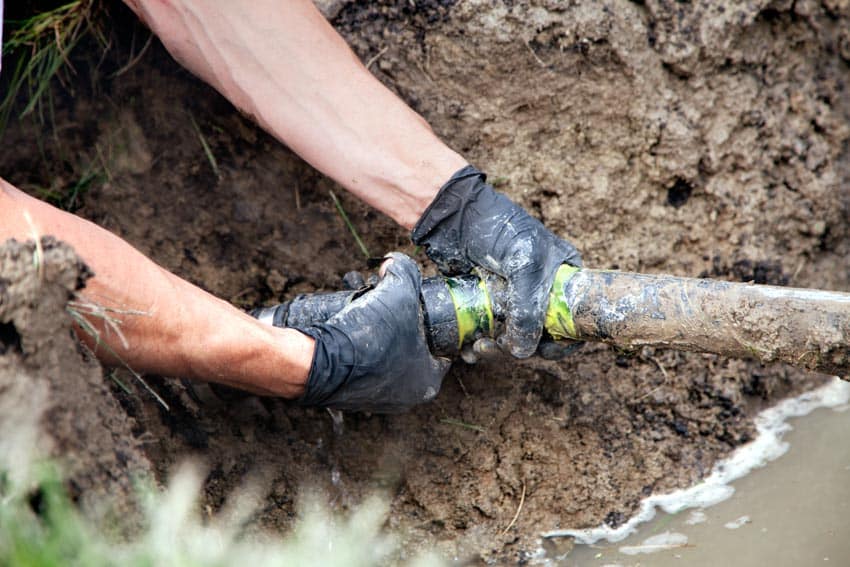
You need to be on top of any possible damages or even just minor things that need repair and nip any potential problems right in the bud before it progresses into something worse.
It’s an extra cost but it’s definitely well worth the price if it means that you’ll be sleeping more soundly at night.
Then there’s the issue of tank recertification. Based on the actual date when it was manufactured, a brand new propane tank is good for the first 12 years in the US and 10 years in Canada.
A recertified tank on the other hand, is good for either 5, 7, or 12 years. It depends on the type and method of its recertification.
Maintenance: In terms of maintenance, there are things that you can do to make sure that your underground propane tank is kept in mint condition as much as possible.
One major requirement is for you to coat it with layers of anti-corrosion coating. This will protect your propane tank from the elements in the soil while the tank is buried underground which could possibly cause damage to the outer material.
This is why inspection and testing need to be done regularly, without any misses. The moment that the anti-corrosion coating has been compromised, you need to make sure that it will be replaced right away.
As a general rule an underground propane tank should be inspected inside by a qualified service technician. This service should be completed six months after the tank installation. After that the tank should be inspected at least every three years. Check the requirements for inspection and recertification requirements for your local area to remain in compliance.
There are also some DIY ways for you to safely check if your propane tank has some leaks. Apply some soapy water or some special leak detector solution on your propane tank’s cylinder valve and be on the lookout for bubbles.
If bubbles are forming around a valve, it means that you have a possible leak and that you need to call up your local propane tank professional right away so that you can get it fixed.
The consensus? Underground propane tanks definitely have their own advantages and disadvantages.
You must really consider what will work for you in terms of aesthetics, budget, ease of access, and yard appeal, among other things before you go ahead and make your decision.
But for the most part, they’re pretty nice to have as there aren’t any visible eyesores in the yard.
See more related content in our article about backyard essentials on this page.

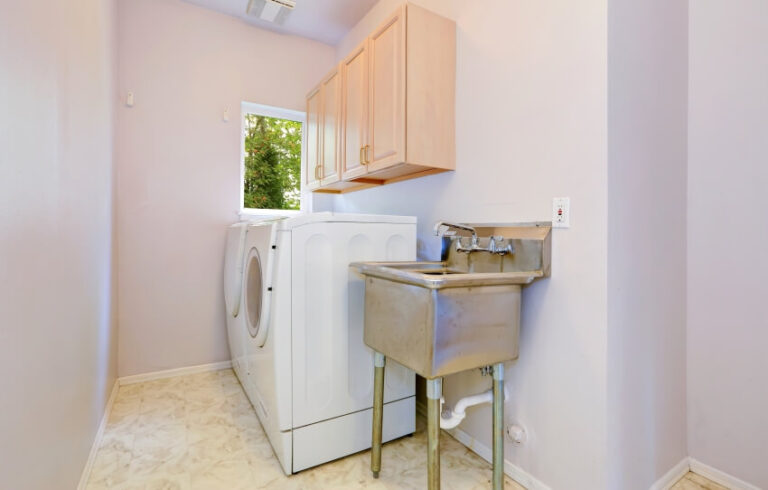
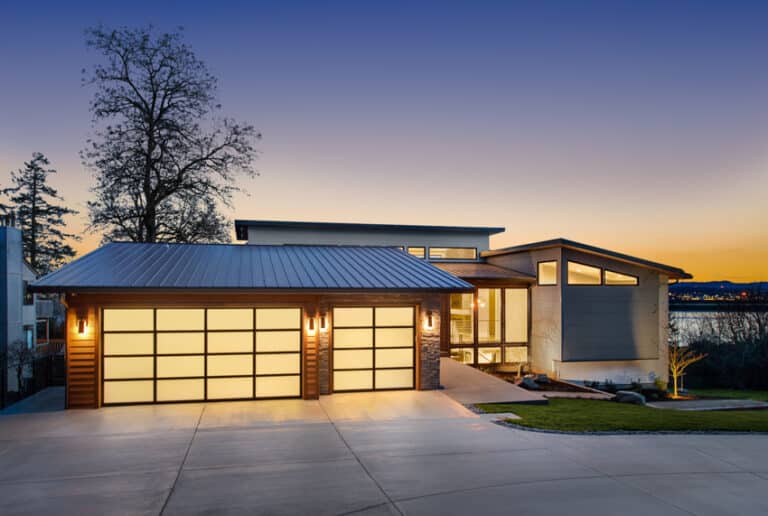




You state a buried tank should be inspected for corrosion every year. how do you do that if is buried? The only real way to do that is to have an excavator dig it up, wash it clean and then inspect it. That sounds like a sure way to spend thousands of dollars every year just for the inspection and if you damage the coating by digging it up and washing it off add another couple thousand to recoat the tank and re burying it.
Every year……………….
An underground tank should be inspected inside by a service technician 6 months after installation and then at least every three years from there. Each region has different requirements for inspection and recertification requirements. Thank you for your comment.